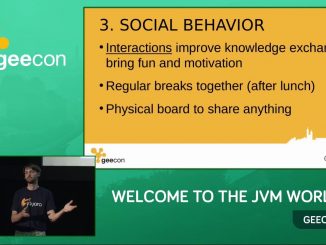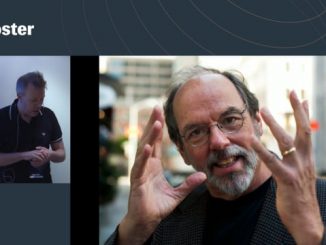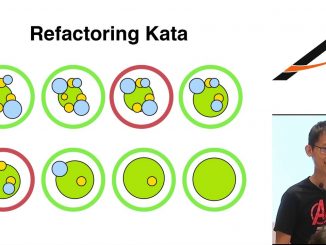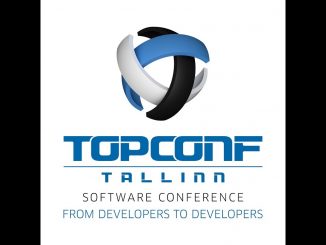Videos on Scrum and Agile Project Management
This video shares some insights on how to create an effective agile team for a new project. We managed to maintain a very vibrant team spirit in addition to following well-known agile methods. Most of the techniques we used have equally proven valuable in my other teams within a corporate environment.
When you look for inspiration in the Agile Coaching community, the name Gordon Ramsay is probably not the first name to come to mind. He has been known to be belligerent, condescending and downright rude, but underneath this brute facade is a treasure trove of skills and talents that influence change. This presentation draws insights from his ‘Kitchen Nightmare’ escapades and draw parallels with how much his work aligns with that of an Agile Coach and the goal to successfully drive change and introduce a number of models and techniques that are indispensable in the coaching toolkit.
Documentation and Agile are two words that are rarely seen together, but documentation is still the most important thing developers continually respond as most affecting their decision making. Frankly caring about documentation shows you care about the developer, whether external or internal. Yet, documentation is constantly pushed to the wayside, aligning that idea with Waterfall and top-down development. How do you then foster a culture that gets your developers excited to create documentation? And as an extension, how do you get your developers excited about pleasing their customers?
Technical debt is not primarily caused by incompetent developers, architecture astronauts, unrealistic UX people or even stupid project managers. Rather, it is a third-order effect of poor communication. It is a symptom of an underlying lack of appropriate abstractions, which in turn stems from insufficient modeling of the problem domain. In order to avoid technical bankrupcy, therefore, we must improve the way we build our understanding of the problem we are trying to solve.
Agile technical practices like refactoring and TDD (Test-Driven Development) have become mostly mainstream in software development. However, software developers in many companies are either oblivious or have a different interpretation of these practices. As a software development coach, the interest of the presenter is to help developers adopt technical practices and being a mentor has played a big part.
Many Agile coaches are former software developers, some are not. But when technology moves on, well known Agile approaches can be challenged. Applying the Agile approach of vertical story slicing on microservices is one such example. This talk explains on how as Agile coaches we can coach in technical areas where technology may have moved on, thus challenging the perceived coaching approaches to helping teams become self-organising.
This talks discusses 7 deadly sins of software development, specifically relevant for Agile teams. It’s pretty clear when you fail as a start-up, where you and your friend invested last savings. The product is not ready or just doesn’t get sold, the money’s gone, you open LinkedIn to search for a job suitable for an “experienced software engineer with entrepreneurial background”. It is way more tricky in a big company with a well-established product.








